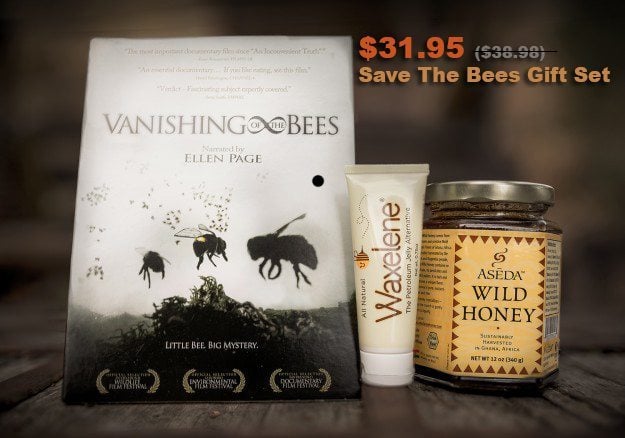Sharing is caring!
After a lengthy lobbying effort from bee lovers, Los Angeles is finally taking the first steps to legalize urban beekeeping in the city. On February 12th, the Los Angeles City Council ordered a review of the city’s zoning laws to allow urban beekeeping in residential areas.
“The hearing went as well as it possibly could go,” says Rob McFarland, co-founder of the Los Angeles beekeeping nonprofit HoneyLove. “We got a 15-0 unanimous vote to order a feasibility study.” McFarland and his wife Chelsea, along with several urban beekeepers and bee lovers, have been working on this effort for three years.
The 60 to 90 day study, which will eventually allow beekeeping in areas where there are single-family homes, will look to other cities where beekeeping is already legal, and study their regulations and the impacts of hives on the area. Santa Monica legalized urban beekeeping in 2011. Cities such as Seattle, New York, and Denver have also legalized urban beekeeping in the past few years to encourage local agriculture and boost the health of the bee population.
Urban beekeeping, along with other rural pursuits like raising chickens and planting edible gardens, has increased in popularity in the past several years. These days, honeybees ironically do better in cities than they do in the countryside. That’s because rural areas are doused with pesticides and don’t offer the same variety of plants for diverse sources of pollens year round.
In the underground scene, hundreds of beekeepers, including myself, have already been discretely raising bees in the city’s residential areas. But once urban beekeeping is officially legal there will likely be strict guidelines. For instance, an average residential lot will only be allowed two hives per property.
As Angelenos start to realize that their next door neighbor may be keeping bees in their backyard one day soon, two questions immediately come to mind. 1) Will I get stung? 2) What about “killer” bees?
“Education is necessary to soothe those fears,” says McFarland.
Stingless Summers
The truth is that LA County is teaming with honeybees! During swarm season in early spring, feral hives are found hiding in water meters, walls, electrical boxes, compost bins, and trees all over the city, according to McFarland who has been rescuing wild bees from extermination and relocating them to backyards for several years.
Currently, there are about nine to 11 colonies per square mile, so you are no more likely to get stung than you are already. “And a managed colony is less likely to sting than a feral hive,” adds McFarland.
And when it comes to “killer” bees, they’ve been given a bad rap and sensationalized by the media. What’s the sexier story: a dangerous (bad ass) Africanized bee or an insect making honey and pollinating our food supply?
Beekeepers estimate that 10 percent or fewer of the feral hives they relocate are so aggressive that they must be destroyed. Likewise, other strains of bees can behave badly if they’re mistreated.
If we really had a serious Africanized bee problem in LA, people would be chased down the street every day. In reality, since Africanized bees are actually more resilient to disease they’re superior. We need their genetics.
In my film Vanishing of the Bees, Simon Buxton, beekeeper and author of the Shamanic Way of the Bees, says the future of bees relies on each person having 60,000 bees rather than having one beekeeper with 60,000 hives. I agree wholeheartedly.
The truth is we need as many bees as possible since we’ve been losing a third of them since 2006. It’s important to protect the bees that thrive here locally, and finally that possibility is becoming a reality.
 Maryam Henein is an investigative journalist, professional researcher, and producer of the award-winning documentary Vanishing of the Bees.
Maryam Henein is an investigative journalist, professional researcher, and producer of the award-winning documentary Vanishing of the Bees.
Related Articles:
- Bees Dying By The Millions As Colony Collapse Accelerates
- The Pollination Project: Spreading Seeds For Change
- Top 10 Most Interesting Beehive Locations
- Tell Congress To Ban Bee-Killing Pesticides!
- Mind Your Own Beeswax


